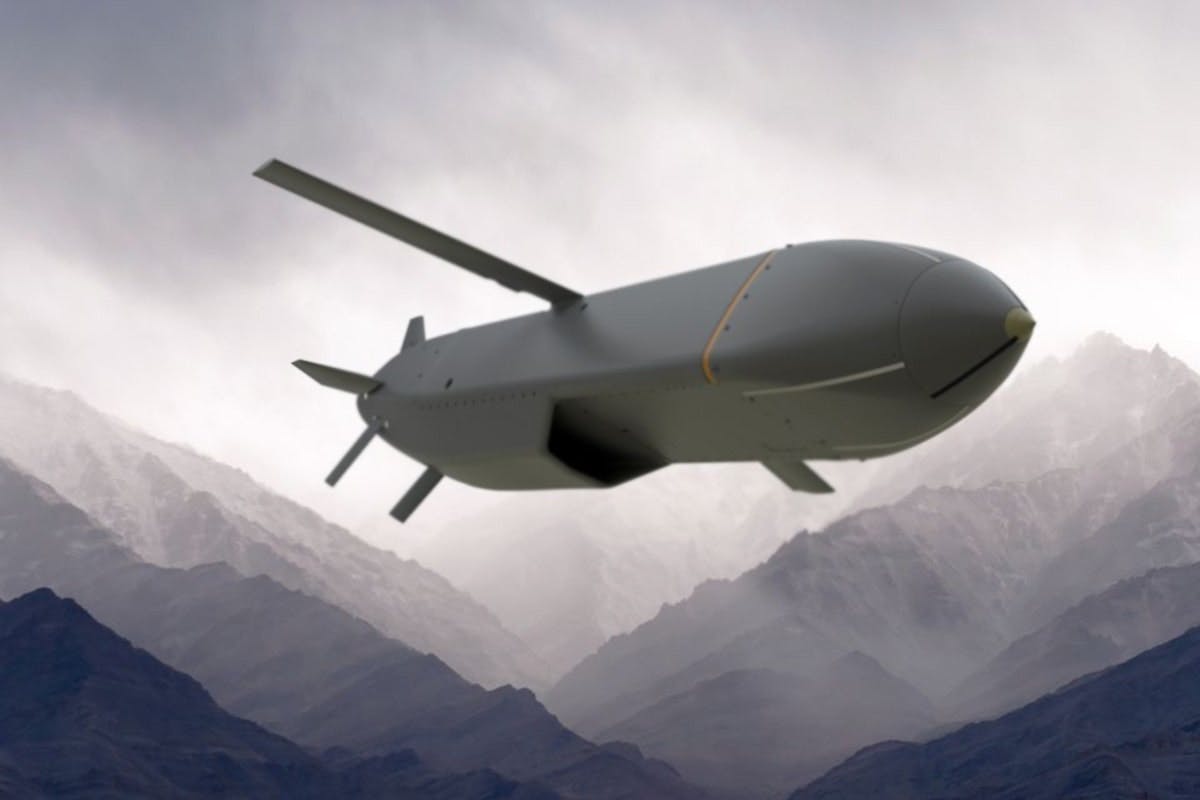Tensions between Russia and the West have intensified as Moscow ramps up its rhetoric in response to discussions around allowing Ukraine to use Western-supplied long-range missiles against Russian targets.
Senior Russian officials, including those close to Vladimir Putin, are now calling for a demonstration of nuclear power to send a clear warning to NATO.
With the possibility of Ukraine deploying British Storm Shadow missiles and American ATACMS against targets inside Russia, Russian hardliners have suggested nuclear tests as a form of deterrence.
Andrei Kolesnik, a leading Russian politician, has urged the Kremlin to lift its moratorium on nuclear testing. “We need to carry out a nuclear explosion somewhere, at some testing ground,” he said, suggesting that such a move would make the West rethink its involvement. “If we lift the moratorium, maybe humanity will think twice.”
Russia’s concept of “red lines” has been a recurring theme in its foreign policy, particularly since the invasion of Ukraine. Putin has repeatedly warned that any Western involvement in long-range missile strikes on Russian soil would lead to a significant escalation in the conflict.
He recently stressed that allowing Ukraine to target Russian territory would “significantly change the nature of the conflict” and could lead to direct war with NATO. “It would mean that NATO countries are at war with Russia,” Putin warned, raising the stakes considerably.
Western leaders, including UK Prime Minister Keir Starmer and U.S. President Joe Biden, are carefully weighing their options as they decide how far to extend military support for Ukraine. The Storm Shadow missile, which has a range of over 150 miles, and the ATACMS missile, capable of reaching 190 miles, have already been effective in hitting Russian targets in Crimea and occupied eastern Ukraine. However, until now, their use has been limited to avoid provoking a severe Russian response.
Pressure on Biden to act is growing, particularly after Russia’s increased missile strikes on Ukrainian cities using precision-guided bombs. Ukrainian officials have consistently argued that they should be able to retaliate against Russian attacks launched from within Russia’s borders. But the West has so far resisted crossing that line, fearing the potential consequences of provoking Moscow.
While Putin’s threats of nuclear retaliation have often been dismissed as bluster, Western leaders must now decide whether they are prepared to test these red lines. Putin has not followed through on similar warnings in the past, even as NATO-supplied tanks and fighter jets were sent to Ukraine. However, the prospect of long-range missiles targeting Russian soil introduces a new level of uncertainty.
The situation is further complicated by Iran’s continued support for Russia, with reports of Tehran supplying short-range ballistic missiles to aid Russian attacks on Ukraine. This international dimension has led to questions about whether Ukraine should be permitted to strike back inside Russia with Western backing.
Starmer and Biden discussed these issues during recent talks in Washington, but no firm decision was reached. A final call may be made at the upcoming United Nations General Assembly later this month, as leaders consider the implications of further escalating the conflict.
For now, Russia’s red lines—often seen as tactical bluffs to slow down Western aid—are being tested as never before. Whether the West will call Putin’s bluff or back down to avoid a broader conflict is a decision that could reshape the future of the war in Ukraine.

